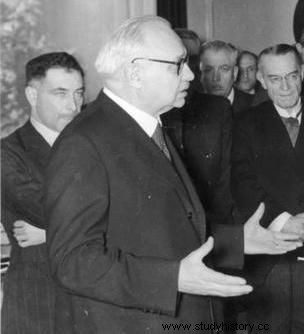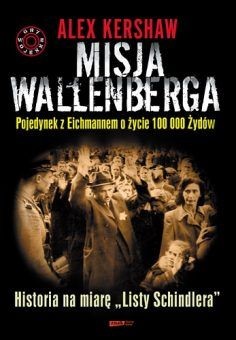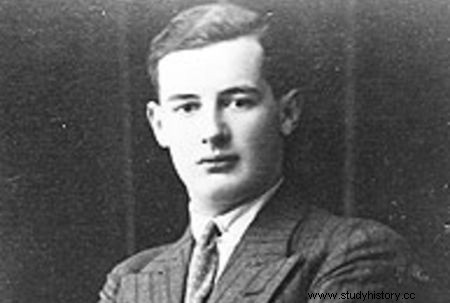Raoul Wallenberg helped save the lives of one hundred thousand Hungarian Jews during the war. Anyone who thought that he had received a well-deserved award for it would be wrong. After invading Hungary, the Soviets imprisoned him and took him to the USSR, where he was not heard of. There are many indications that it was not about alleged espionage at all, but Wallenberg's knowledge of the Katyn Massacre.
This is the thesis of the Hungarian historian Christian Ungvary invokes in his latest book “The Wallenberg Mission. A Duel with Eichmann for the Lives of 100,000 Jews ”Alex Kershaw. Of course, the question arises as to how a Swedish diplomat, who was in Hungary in 1944, would have access to information about the events taking place more than four years earlier, far in the Northeast.
Inconvenient witness

Prof. Ferenc Orsós himself (photo Bundesarchiv; lic. CC ASA 3.0).
The key figure here turns out to be the Hungarian forensic expert and criminologist prof. Ferenc Orsós. He was one of the twelve doctors on the International Medical Commission, which went to Katyn in the spring of 1943 to conduct an on-site autopsy of Polish officers murdered there.
After the exhumation, prof. Orsós sent a detailed report and other evidence of the crime to Budapest. (including the skull of one of the murdered officers). They indisputably pointed to the NKVD as the perpetrator of the murder , and as extremely valuable they were deposited in the treasury of the Main Hungarian Credit Bank.
They were there until the Soviets entered, who took them with the professor's private archive to Moscow. Orsós himself was searched from February 1945 by a special unit of the NKVD as an alleged war criminal. Fortunately, to no avail, as he was already in Switzerland at that time.

Wallenberg's mission. A Duel with Eichmann for the Lives of 100,000 Jews, Znak Literanova, 2011.
It was the materials gathered by the professor that Raoul Wallenberg was about to read during his mission in Hungary, becoming a witness to the crime of genocide committed by the Soviets in the spring of 1940. Evidence to support such an explanation may be, inter alia, the fact that the Russians were also chasing other people who had learned their shameful secret.
The knowledge of Orsós' documents paid with his life the air force captain Zoltán Miko, who played a significant role in the Hungarian resistance movement and saving the local Jews. He was shot on August 15, 1945, and his deputy, Vilmos Bondor, was constantly asked during interrogations if he knew anything about unspecified documents.
The method of persistent denial saved his life. He was sentenced to "only" twenty-five years in prison. Also Father Béla Varga - in 1945 chairman of the Hungarian National Assembly - knew the truth. The only reason he escaped execution was that the translator ( nota bene a Soviet colonel) warned him to answer any questions about Katyn that he knew nothing.
Puzzling Allied Attitude
The attitude of the leaders of the United Kingdom and the United States also gives food for thought. They showed surprisingly little interest in the fate of the man who saved tens of thousands of lives.

Raoul Wallenberg. Another victim of the Katyn Massacre?
Could it be for the sake of peace they preferred not to demand the release of someone who could testify what happened in the Katyn forest? And it would be a testimony of a true hero who often risked his own life and saved others. Unfortunately, probably for a long time - if at all - we will not know the truth about what happened to Raoul Wallenberg and whether he could in fact oppose the so-called Katyn lie with his report.
